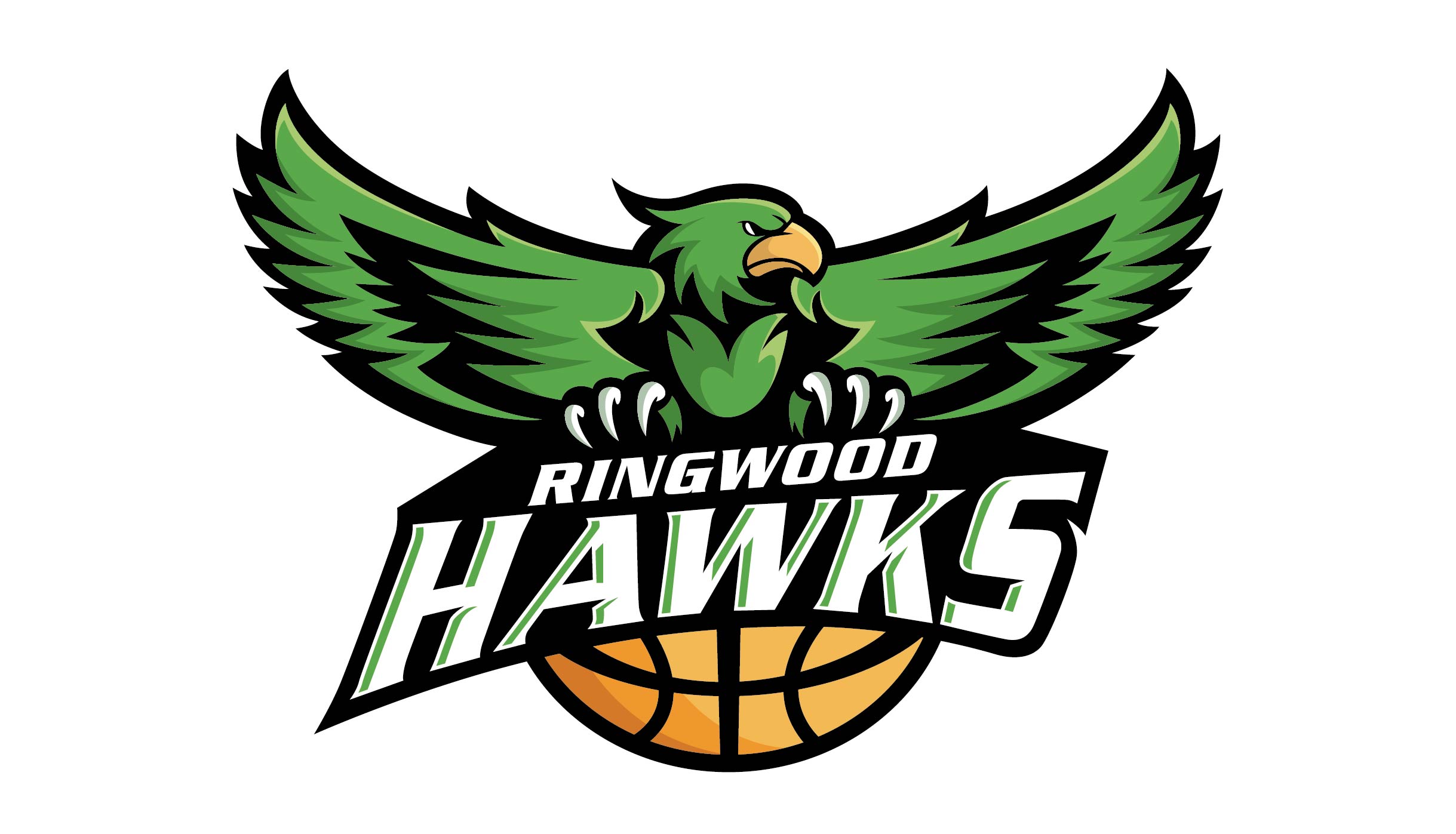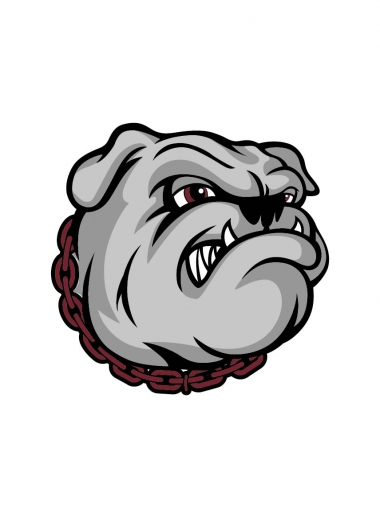Repairing Damaged Vector Graphics Files
Picture this: you're almost finished with your project when disaster strikes. Your vector graphics file is corrupted. Panic? No need. Let's equip you with the tools to attempt a rescue mission. Most vector graphics software has built-in features for repairing damaged files. Give them a try. If that doesn't work, there are third-party tools available, like Vector Magic or Adobe Illustrator's 'Recover' function. But, as they say, prevention is the best cure. Regular backups and careful file management can prevent such emergencies.

Optimizing Performance and Workflow
Optimizing performance and workflow is all about keeping your creative engine running smoothly. Nothing is more frustrating than software crashes or laggy performance when you're deep into your creative process. You can avoid these hiccups by tweaking your software settings. Customize your preferences to suit your hardware and your way of working. If you're dealing with resource-intensive projects, like complex vector graphics or large artboards, you can optimize your workflow by breaking down your work into manageable pieces. After all, smooth sailing is about managing the waves.
Color and Printing Issues
Color is the lifeblood of any visual project. However, achieving the right color and ensuring it looks the same in print as it does on your screen can be a challenge. Color shifts, inconsistent output – these issues are all too common. The first step in troubleshooting color problems is understanding color profiles and calibration. These tools can help you ensure that your colors stay true across various media. Also, be aware of the color mode you're working in; RGB for screens, CMYK for print. And always, always proof your work before sending it off for printing.
Managing Layers and Grouping
Layer management might not be the most glamorous aspect of vector graphics, but it's essential for maintaining your sanity. We've all been there, scrolling through endless layers, struggling to find that one object you need to edit. Here's where organization is your best friend. Group your layers logically. Name them clearly. Assign colors to make them easily distinguishable. When working on intricate projects with multiple elements, effective layer management will save you valuable time and mental energy.
Typography and Text Issues
Typography brings a unique set of troubles to vector graphics illustration. Font substitutions, text spacing glitches – they're not uncommon. To keep your text on the straight and narrow, remember that consistency is king. Stick to a specific set of fonts and type sizes for your projects, and outline your text when you're done editing. This ensures that your chosen fonts stay the way you intended, even if someone else opens the file on a different machine. It's all about controlling the variables.
Troubleshooting Hardware and Software Problems
Sometimes, the issue isn't with your design; it's with your tools. Hardware, software, and their compatibility with your system can throw curveballs your way. Perhaps your drivers are outdated, or your graphics card isn't up to the task. In such cases, a simple update can work wonders. If you're encountering conflicts or performance problems, don't hesitate to troubleshoot your hardware and software. Remember, the Internet is a treasure trove of resources for seeking technical support or finding solutions to your specific problems.
Conclusion
In the realm of vector graphics illustration, challenges are par for the course. But the true test of a skilled artist is not avoiding problems altogether, but knowing how to address and overcome them. With the solutions provided in this guide, you're now better equipped to tackle compatibility issues, repair damaged files, optimize your workflow, handle color and printing woes, master layer management, and navigate typography challenges. And when hardware and software hiccups arise, you'll have the tools to troubleshoot effectively.
Remember, the world of vector graphics is an ever-evolving journey. By embracing these troubleshooting techniques, you'll not only resolve issues more efficiently, but you'll also become a more versatile and confident artist. Keep sailing forward, for your creative horizons are boundless. Happy illustrating!



